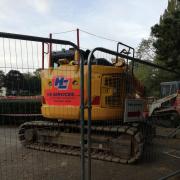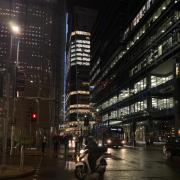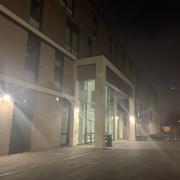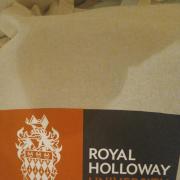
Vegetated private, domestic garden land has been estimated to account for 14% of the total land area in Greater London, according to habitat surveys, with an additional 33% of land area being considered natural habitats, located within open land - which itself accounts for more than 60% of Greater London’s total space. London’s population is putting great amounts of pressure on this open space, however.
Despite the city of London’s population projected to reach over 11 million by 2050, this global hub, which was crowned the most desirable city in the world for work by a survey conducted by Total Jobs and Boston Consulting Group earlier this year, remains to be at the forefront of sustainable development; from the introduction of the ultra low emission zones (ULEZ) earlier this month to the planning of the world’s first national park city festival, it is clear that actions taking place in our local areas are putting the city of London on the road to becoming the world’s first national park city.
As a national park city, London will be rich in wildlife, greener in the long term, will have clean air and, as stated on the government’s website, will become an area that ‘protects the core network of parks and green spaces’, causing ‘buildings and public spaces [to no longer be] defined only by stone, brick, concrete, glass and steel’. With ambitions to improve the planning policies in London in order to help protect green space ,and the promotion of the value of London’s green infrastructure economically beginning to create a flow of investment into London, we can expect the national park city festival to truly commence in late July this year - from the 20th to the 28th July. It will include music and dance performances on the national park city stage, free access to many rooftop gardens, and the city’s first outdoor water sports event across different sites throughout London - a great opportunity to discover and see London’s environmentally-evolving landscape.


























